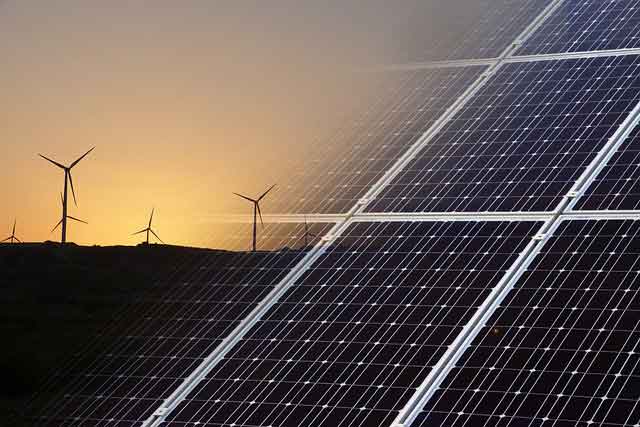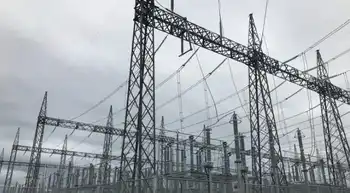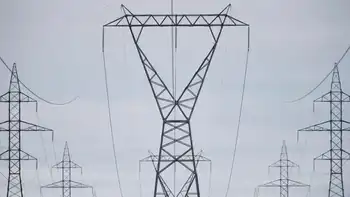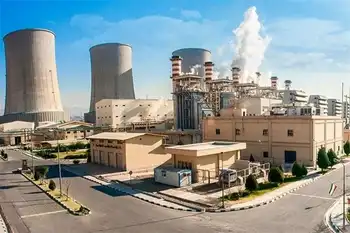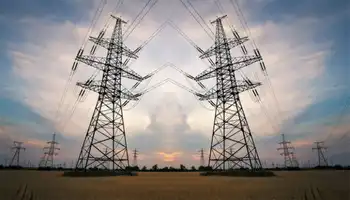Employee accused of wire theft
By Knight Ridder Tribune
CSA Z463 Electrical Maintenance -
Our customized live online or in‑person group training can be delivered to your staff at your location.

- Live Online
- 6 hours Instructor-led
- Group Training Available
Many times, the company's field superintendent, Scott Bertos, reported the theft of mostly copper wiring to the Pasco County Sheriff's Office. Each time the company lost an average of $30,000, investigators say. Meanwhile, owner Michael Bigler scratched his head wondering why his company kept getting hit.
His "ah-ha" moment came when he visited a Pinellas County metal recycling company for the first time in a few years.
The workers there commented on how often Bertos recycled copper wiring there, Bigler said. Things became clear to Bigler, who again called deputies, he said. Bertos wasn't authorized to recycle company scrap, and he wasn't given permission to trade new copper wiring for cash, Bigler said.
As it turns out, the man who was reporting the crimes for the Odessa company was the same one committing them, Sgt. Ken Gregory of the property crimes unit, said.
Bertos, 40, was arrested recently in Cedar Hills, Tenn., where he is awaiting extradition to Pasco County on one count of scheming to defraud and 44 counts of grand theft. He is accused of stealing more than $300,000 worth of copper wiring and receiving $102,000 from metal recyclers for the nearly 47,000 pound of the material. With copper prices soaring to about $2.65 per pound in recent months, copper continues to be a target for thefts in the Tampa Bay area and across the country.
With its tremendous amount of construction, Pasco continues to be among the hardest hit by thieves. The actual theft and preparation before bringing the copper to the recyclers can be laborious.
Commonly, copper is stolen from air-conditioning units, electric wires and plumbing. Thieves have to dismantle the air units, destroying them and causing significant damage to homes, in order to get to the coils inside.
Sometimes, electrical wire is ripped out of new construction. Because they will get more money, bandits often strip the electrical wire from its protective plastic coating.
Detectives have been working closely with the construction industry and recyclers to bring the thieves to justice, Gregory said, and recently several suspects in copper thefts have been identified.
Robert Douglas Amodio, 25, according to Gregory, was making a living off scrap copper.
Since August, he made $5,700 from metal recyclers after stealing more than 13,000 pounds of metal including 1,824 pounds of air-conditioning coils, investigators say. He mostly stole from new houses, homes for sale or otherwise vacant houses. He is facing 17 charges, including grand theft and dealing in stolen property, in connection with metal theft.
Amodio, 14934 Frisky Lane, Shady Hills, is being held at Land O' Lakes Jail with bail set at $50,000. Detectives said they think a trio worked together in west Pasco County ripping off mostly air-conditioning units.
One, George Henry Causey, 46, of 14019 Acre Way, Hudson, faces charges of burglary, grand theft and dealing in stolen property. He is being held at the Land O' Lakes Jail with bail set at $20,000. Investigators are searching for two others in this case: Tina Louise Rutherford, 41, and her husband, Eddie Duncan Rutherford, 42. Although Gregory calls theirs a small-scale operation, they are suspected in several cases.





